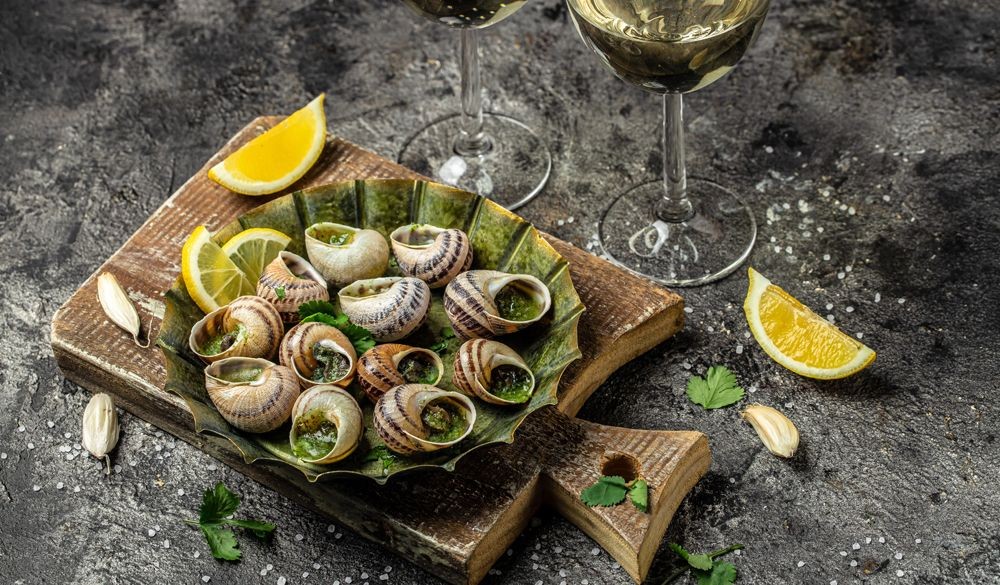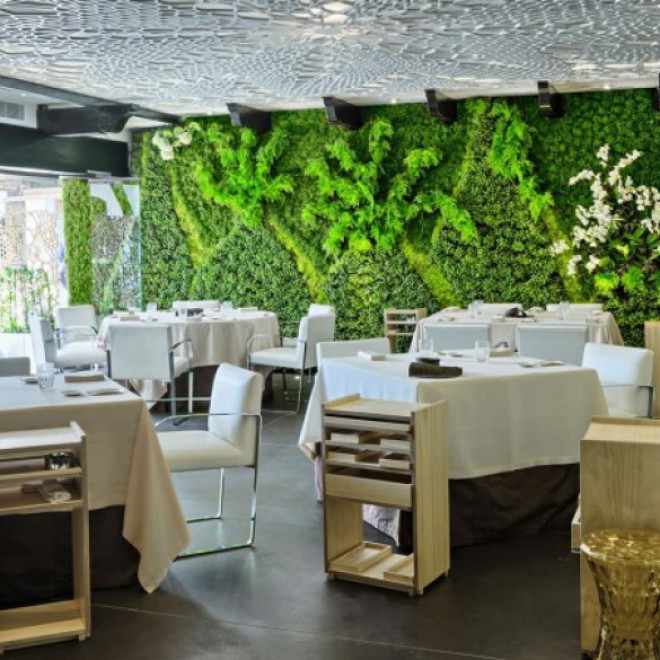Snail Tales!

Eating in Andalusia can be an “interesting” experience for the uninitiated. The Spanish love their food and adopt a “waste not, want not” policy that includes bull’s tail, pig’s ear, sea urchin and other unmentionables that I will spare from the faint of heart and weak of stomach.
The rains of early spring mark the start of a short season eagerly awaited by Spanish gastronomes. Snails.
Yes. You did read that correctly.
Before you retch and turn the page to a more wholesome article, let me explain. Eating snails (Caracoles) has been a common practice in both France and Spain for thousands of years. Introduced by the Romans (whose other favoured delicacies included fried dormice and flamingo tongues), snails were special bred in a process known as heliculture, after ‘helix’ the Latin name for snail, and there is also evidence that snails were an important source of nutrition from even earlier times.
In 2014, a team of archaeologists discovered remains of a hearth and meal dating back 30,000 years. Upon examination, it was determined that the cooked food was snails, making pre-historic Spain the first country in Europe to have eaten snails in this manner.
Andalusia is a predominately-agricultural society and farmers traditionally place rubble or large tiles in fallow fields, which provides the perfect environment for snails to thrive. After the spring rains, the farmers turn over the tiles and harvest the snails and it is not uncommon to see huge piles for sale at the local markets.
The season for snails is a short one, lasting from early April until the end of May. The season is looked forward to with excitement and anticipation for when the chalk board outside the tapas bar will finally announce that this delicacy is in. and Seville and Cordoba are excellent cities to visit for your first snail tasting experience. As with many things, simplicity is best when it comes to eating snails.
The traditional way is by a tapa de caracoles, washed down with a cold beer. There are normally two styles of broth that the snails are served in. One is decidedly spicy, composed of citrus rind, cayenne pepper, and onions, while the second more mild broth is a concoction of garlic, cumin, bay leaves, and black pepper. The snails are boiled until they become soft and tender and are removed from their shells either by slurping or with a toothpick.
Three kinds of snails are served. The most popular is the “caracol chico” served in a glass with hot broth with an intense hint of fresh mint –drunk till the very last drop. Ask fr “una de chicos!” (meaning one serving of small snails) and then eat using your fingers. The medium size snails are called “cabrillas” (little goats), they are also used to prepare the hot and spicy kind: ”picantones” Finally for the those daring foodie there is the third kind of snails: “gordos” (fat ones).
As with almost everything in Spain, eating snails is a social event. In Córdoba, for example, stands are built in squares and gardens where people can gather “al fresco” and enjoy a delicious tapa of caracoles with a cold beer. The Magdalena Square and the Cross of Juárez are widely regarded to have the best snails, but you are bound to discover your own favourite location.
And the taste? Seasoned snail eaters compare them to mussels, especially once cooked. So don’t be afraid - take a gastronomic leap of faith this spring with your first snails!
Popular posts



